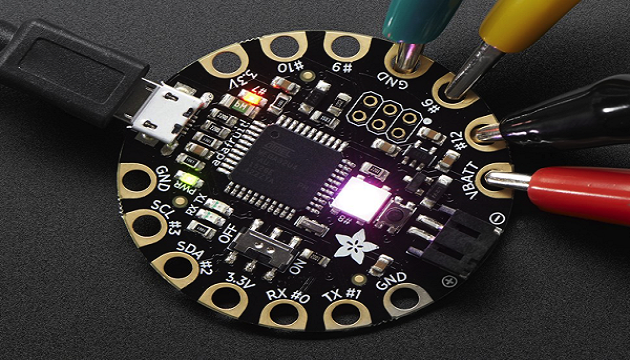Every other day, the internet brings news to the techies about new discoveries and technologies that is taking innovation road-maps to faster and smarter electronic destinations. As for now, another new material has been recently discovered by a group of scientists of Indian origin, that gives higher conductivity than ever before, and will aid in the development of faster, nano and power-packed electronic devices.
The highlighted features of this this nano-scale thin film material are:
· Allowing the electronic devices conduct more electricity and gain power due to high conductivity.
· Wide bandwidth that helps the material pass through easily, making it optically transparent.
Most of the times, materials with a wide bandgap,is either having low conductivity or with a poor transparency.
Bharat Jalan, professor at the University of Minnesota and the lead researcher of the project, states, “The high conductivity and wide bandgap make this an ideal material for making optically transparent conducting films which could be used in a wide variety of electronic devices.”
This also includes “high power electronics, electronic displays, touch screens and even solar cells in which light needs to pass through the device,” Jalan said.
Transparent conductors use Indium as a chemical, which made it highly costly in the past times.
To avert this, the researches for alternative materials, that would be both cost and work efficient in comparison to indium based transparent conductor, is being carried.
With the assistance of a unique amalgamation method, the scientists have created a transparent conducting thin film where they have developed a barium stannate or BaSnO3 film, a combination of barium, tin, and oxygen. A chemical precursor of tin with unique properties that augments the chemical reactivity and improves metal oxide formation procedure, has been replaced by the tin source.
Barium and tin are moderately cheaper than indium and are available in profusion.
Abhinav Prakash, a graduate student at the University of Minnesota, exclaimed, “We were quite surprised at how well this unconventional approach worked the very first time we used the tin chemical precursor.”








